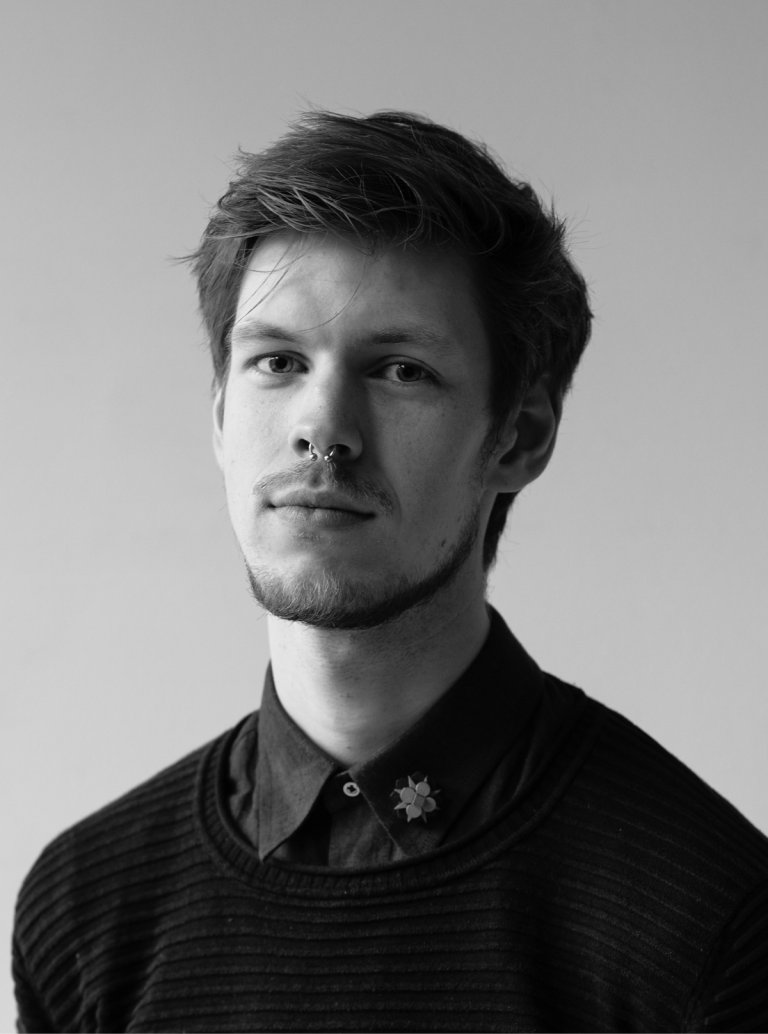
Bendik Prestegård Vatne
Department: Visual communication
Nationality: Norwegian
E-mail: bendik.vatne@live.no
Illuminated stories
How can I create a scene for visual storytelling through the combination of paper, light and sound?
In my Master’s project, I will explore the possibility of visual storytelling by using paper, light and sound. Paper sculptures, programmed lighting and narration. An experience in which the spectator could partly enter a story which takes place in a room around the audience.